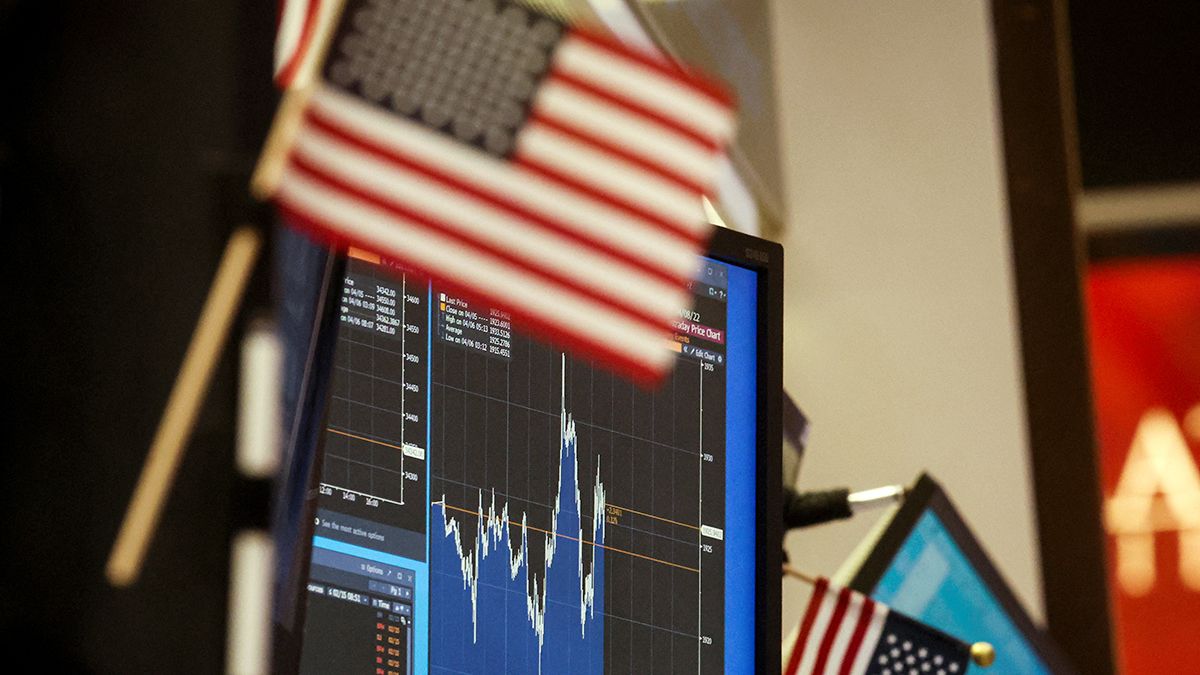The yield on the benchmark 10-year note fell 12.5 basis points to 4.277%, after hitting 4.25%, its lowest level since April 1.
The United States Treasury bonds fell this Wednesday, after the data of inflation lower than expected and after the decision of the Federal Reserve (Fed) to keep the cost of borrowing unchanged.
The content you want to access is exclusive to subscribers.
The profitability of the reference note The 10-year Treasury fell 12.5 basis points to 4.277%, after hitting 4.25%, its lowest level since April 1. Meanwhile, the yield on the 30-year bond fell 9.6 basis points, to 4.439%, as a trigger for the Fed’s definition.


A highly guarded part of the US bond yield curve which measures the difference between the returns on two- and 10-year debt, considered an indicator of economic expectations, was down 43.9 basis points.
Furthermore, the yield on two-year papers, which tends to move in step with interest rate expectations, fell 12.2 basis points, to 4.712%, after having fallen to 4.67%, a low since April 5.
Inflation and rates
Consumer prices in the United States remained unchanged in May, according to the Consumer price index (CPI) from the Department of Labor, after an increase of 0.3% in April and less than the 0.1% increase expected by economists surveyed by Reuters.
In the 12 months to May, the CPI rose 3.3%, after increasing 3.4% in April, and was slightly below the forecast of 3.4%. “The headline number was stable, but surrounded by a lot of uncertainty. The underlying number, which is more signal than noise, was below consensus,” he said Brian Jacobsen, chief economist at Annex Wealth Management, adding: “After three months of detours, the disinflation bus is back on the 2% path.”
In turn, the Fed kept rates stable and postponed the start of the cuts until probably December, with a forecast of a single drop in the cost of credit of a quarter of a percentage point this year, in a context of an increase in what the agency’s authorities believe will be needed to keep inflation under control.
Market expectations of a rate cut by the Fed in September were reduced after the monetary policy decision, with a 63.5% probability of a cut of at least 25 basis points, according to the tool FedWatch from CME.
Source: Ambito




